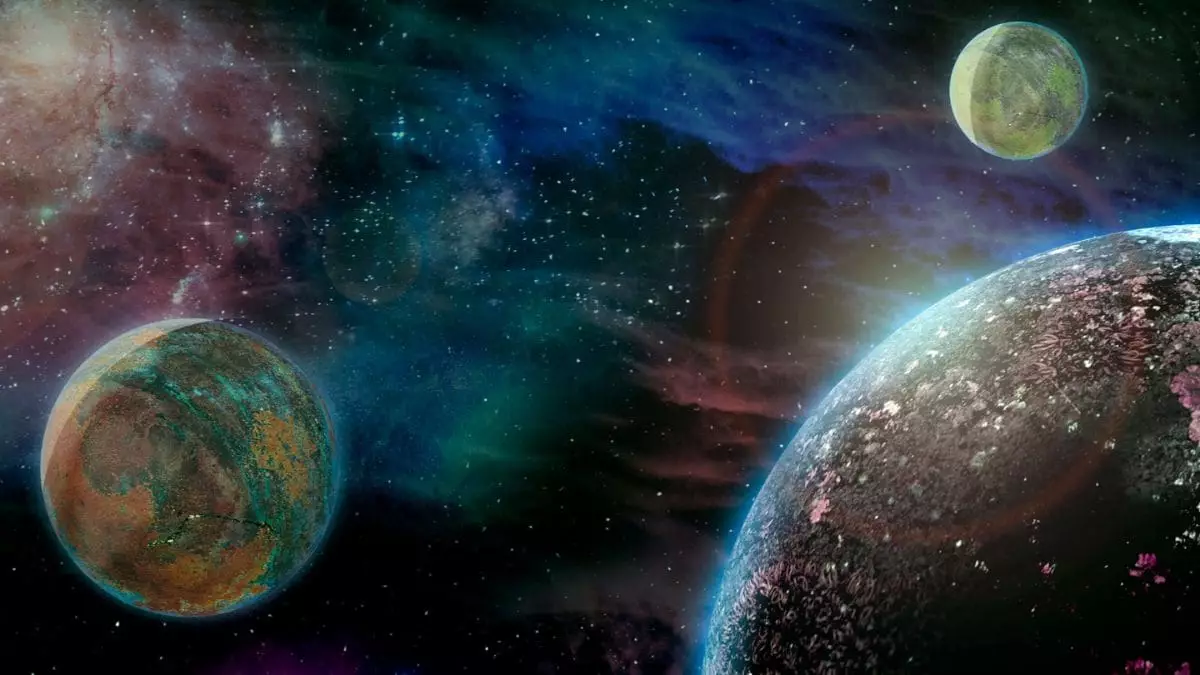In a groundbreaking discovery that propels us toward a deeper understanding of our cosmos, astronomers have succeeded in unveiling the long-elusive ordinary matter that emerged just moments after the Big Bang. This matter is not merely an academic notion; it constitutes every tangible entity in our universe, from the majestic stars to our own Earth. The revelation has come through an unexpected source: fast radio bursts (FRBs), which are high-energy, very brief signals from the depths of space. This emblematic breakthrough, celebrated in a recent publication in Nature Astronomy, is nothing short of exhilarating.
From Cosmic Whispers to Clear Evidence
Researchers from prestigious institutions like Caltech and the Harvard-Smithsonian Centre for Astrophysics meticulously analyzed 69 FRBs, some traveling cosmic distances of up to 9.1 billion light-years. Their investigation led to the identification of baryonic matter—particles that have been undetectable for decades—spanning the vast gulfs between galaxies. Utilizing advanced tools such as the Deep Synoptic Array and Australia’s ASKAP, scientists have effectively pierced through the veil of darkness that has shrouded this fundamental aspect of our universe.
What catalyzes this sense of wonder is the realization that these radio bursts act like cosmic headlights illuminating the path to previously concealed phenomena. The staggering clarity provided by these bursts uncovers a distribution of baryonic matter—76% residing in intergalactic spaces, 15% cloaked within galactic haloes, and 9% nestled inside galaxies. These findings defy the conventional understanding of matter’s distribution, marking a pivotal shift in cosmic studies.
A New Tool for Cosmic Exploration
The implications of this discovery reach far beyond a sheer accumulation of data. FRBs herald a new era in astrophysics, granting scientists a novel instrument, a “smart tool,” to dissect the large-scale architecture of the universe and trace its evolutionary lineage. The ability to perceive light distortion caused by these bursts paves the way for exploring the universe’s most distant territories with precision previously deemed unattainable.
With the prospect of Caltech’s DSA-2000 radio array capturing an astonishing 10,000 FRBs each year, we stand at the brink of a remarkable leap in radio astronomy. This influx of data doesn’t just paint a fuller picture of cosmic structures; it aids in unraveling the intricate tapestry that describes how galaxies form and evolve.
Expanding Our Cosmic Map
Each detected FRB is akin to a brushstroke on the vast canvas of the universe, filling in the gaps of our cosmic map. For centuries, we have grappled with the unknown, but with every new signal, we inch closer to comprehending the universe’s full magnitude. This moment in astronomical research is not just a triumph of science; it is an assertion of human curiosity and resilience, illustrating how our relentless pursuit of knowledge continues to shine luminously against the backdrop of uncertainty.
In a world rife with skepticism and division, this research illuminates a path of potential and understanding, reminding us that the universe may still hold vast mysteries capable of uniting our collective consciousness in awe. Whether viewed through a scientific lens or a philosophical one, this achievement is a testament to what humanity can achieve when curiosity intersects with innovation.


Leave a Reply